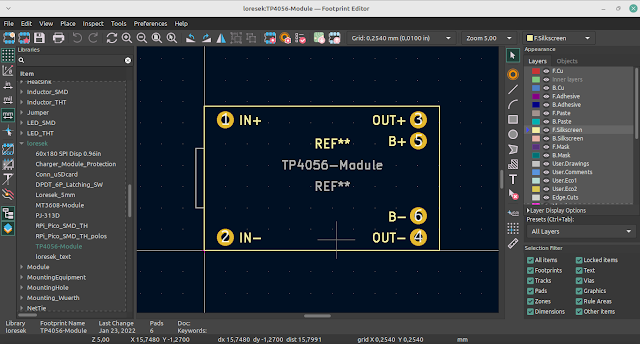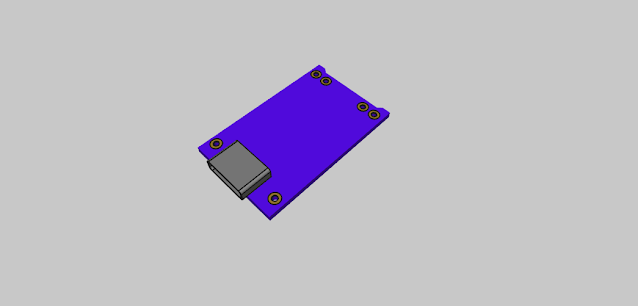Design Custom Raspberry Pi Zero HATs Easily with Vasya Zhukov's KiCad Project
The "Raspberry Pi Zero Shield/Hat KiCad component and example project" by Vasya Zhukov is an open-source project aimed at simplifying the creation of custom HATs (Hardware Attached on Top) for the Raspberry Pi Zero series. This repository provides a KiCad library that includes schematic symbols and footprints for USB and power connections using pogo pins. The design allows for the integration of USB peripherals and advanced power circuits without extra cables. It is compatible with Raspberry Pi Zero v1.3, Zero W, and Zero 2W, with specific notes for handling WiFi interference on the latter two models.
Key Features:
- KiCad Component Library: Includes symbols and footprints for designing custom HATs.
- USB and Power Integration: Facilitates onboard USB peripherals and power connections using pogo pins.
- Compatibility: Works with Raspberry Pi Zero v1.3, Zero W, and Zero 2W, with a recommendation to use ferrite rings to mitigate WiFi interference on Zero W and Zero 2W.
- Detailed BOM: Lists specific components required, including pogo pins, standoffs, screws, and headers.
Example Project:
The example project demonstrates how to design a Pi Zero HAT with onboard USB peripherals, providing a practical application of the KiCad components. This makes it easier for hobbyists and developers to create custom HATs without needing to design components from scratch.
Pros:
- Ease of Use: Simplifies the process of designing custom HATs for Raspberry Pi Zero.
- Comprehensive Documentation: The repository includes detailed instructions and a Bill of Materials (BOM), making it accessible even for beginners.
- Open Source: Freely available for modification and use in personal or commercial projects.
Cons:
- Limited Popularity: With only a few stars and forks, it might not have a large community for support.
- Specific to Pi Zero: The components and designs are tailored specifically for Raspberry Pi Zero models, which might limit its use for other Raspberry Pi variants.
Conclusion:
The "Raspberry Pi Zero Shield/Hat KiCad component and example project" is a valuable resource for anyone looking to create custom hardware extensions for the Raspberry Pi Zero. Its detailed components library and example project can significantly reduce development time and complexity, making it a great tool for both beginners and experienced developers.
For more details, visit the GitHub repository.











